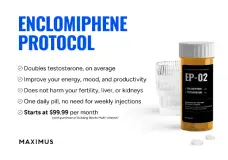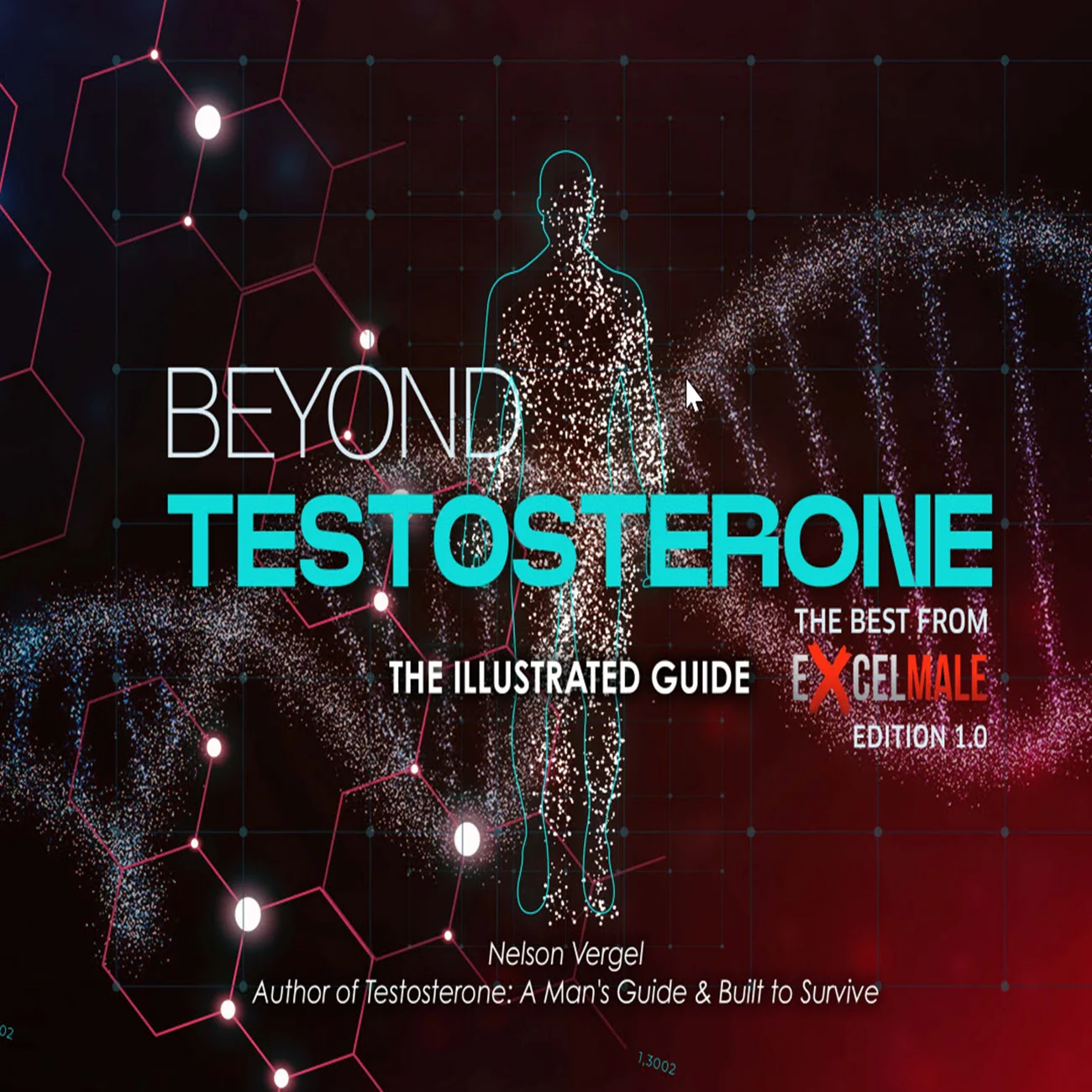ARBs, or Angiotensin II Receptor Blockers, are a class of medications primarily used to treat high blood pressure (hypertension). They also play a role in managing heart failure and protecting kidney function, particularly in patients with diabetes. ARBs work by blocking the effects of angiotensin II, a hormone that causes blood vessels to constrict, thus allowing blood vessels to relax and blood to flow more easily.
Mechanism of Action:
ARBs prevent angiotensin II from binding to its receptors on blood vessels and other tissues. This prevents the blood vessels from constricting, leading to lower blood pressure.
Common Uses:
Examples of ARBs:

ARBs and Hematocrit: What Human Studies Show
Key take-away
· Across very different clinical settings—hypertension, chronic kidney disease, kidney transplantation, heart failure, and “real-world” primary-care populations—use of an angiotensin-II receptor blocker (ARB) is consistently followed by a small but reproducible fall in hematocrit (and hemoglobin/RBC count).
· The effect is detectable within 4–8 weeks, reaches −1 to −3 vol % on average, and can persist for at least 12 months if treatment continues.
· Magnitude varies with dose, drug exposure time, baseline erythrocytosis, and concomitant ACE-I use.
· Proposed mechanisms: reduced renal EPO production (via relief of efferent-arteriole hypoxia), direct inhibition of AT-1–mediated erythroid progenitor growth, and blunting of HIF-1α/VEGF signaling.
1 Prospective or randomized trials
2 Retrospective database & “real-world” studies
3 Special situations
· Polycythemia vera or secondary erythrocytosis: case series show valsartan or losartan normalise hematocrit when phlebotomy insufficient, supporting dose-dependent suppression of erythropoiesis.
· Myelodysplastic syndrome: discontinuing ACE-I/ARB improved Hb by +1 g/dL at 12 mo, implying the drugs had been contributory[8].
4 Magnitude and timeline
· Early phase (≤2 mo): average hematocrit drop 0.5 – 1 vol % (≈0.2–0.4 g/dL Hb).
· Chronic use (6–12 mo): cumulative fall approaches 1 – 3 vol % (0.6–1.2 g/dL Hb); greater in kidney-transplant erythrocytosis and high doses.
· Reversal occurs within 8–12 weeks after drug withdrawal in most reports.
5 Proposed biological basis
1. Ang II normally constricts efferent arterioles → mild cortical hypoxia → HIF-1α stabilization → EPO transcription. ARB lifts this hypoxic stimulus, lowering EPO release[1].
2. Ang II acts as a growth factor for BFU-E/CFU-E colonies through AT-1 receptors; losartan blocks this effect in vitro and in vivo[9].
3. Decreased VEGF and oxidative stress after ARB may further blunt marrow drive and parallel reductions in albuminuria, explaining the ESPECIAL correlation[1].
6 Clinical implications
· Monitoring: check CBC at baseline and again 4–8 weeks after starting an ARB, especially in patients with borderline Hb, CKD, heart failure or on dual RAS blockade.
· Polycythemia management: ARBs can be therapeutically used to trim hematocrit in post-transplant erythrocytosis or androgen-related polycythemia.
· Anemia risk: falls are modest, but in elderly or CKD patients may unmask iron deficiency or exacerbate ESA hyporesponsiveness.
7 Knowledge gaps
· Head-to-head comparisons among individual ARBs are scarce; whether telmisartan or azilsartan differ from losartan or valsartan on erythropoiesis is unknown.
· Long-term (>2 yr) hematocrit trajectories and interaction with SGLT2 inhibitors or GLP-1 RAs need study.
· Mechanistic work in humans linking ARB dose, renal oxygenation (BOLD-MRI), and EPO output is still missing.
Citations
[5] Cardiovasc Diabetol 2012;11:53.
[1] PLoS One 2015;10:e0128632.
[6] QJM 2013;106:925-33.
[2] Am J Hypertens 2008;21:317-22.
[3] Circulation 2001;103:904-7.
[8] Ther Adv Hematol 2021;12:2040620720958299.
[4] Transplant Proc 2004;36:134-6.
[9] Hypertension 2007;50:638-44.
[7] Turk J Med Sci 2021;51:1843-50
1. https://journals.plos.org/plosone/article?id=10.1371%2Fjournal.pone.0128632
2. https://academic.oup.com/ajh/article/21/3/317/102314
3. https://www.ahajournals.org/doi/10.1161/01.cir.103.6.904
4. https://pubmed.ncbi.nlm.nih.gov/15866681/
5. https://pmc.ncbi.nlm.nih.gov/articles/PMC3416676/
6. https://pmc.ncbi.nlm.nih.gov/articles/PMC3547548/
7. https://pmc.ncbi.nlm.nih.gov/articles/PMC10734815/
8. https://journals.sagepub.com/doi/10.1177/2040620720958299
9. https://academic.oup.com/qjmed/article/108/11/879/1904330
Mechanism of Action:
ARBs prevent angiotensin II from binding to its receptors on blood vessels and other tissues. This prevents the blood vessels from constricting, leading to lower blood pressure.
Common Uses:
- High Blood Pressure: ARBs are a common first-line treatment for hypertension.
- Heart Failure: They can help improve heart function and reduce symptoms of heart failure.
- Diabetic Nephropathy: ARBs can help protect kidney function in people with diabetes.
- Post-Heart Attack: They may be prescribed after a heart attack to reduce the risk of future cardiovascular events.
Examples of ARBs:
- Losartan (Cozaar)
- Valsartan (Diovan)
- Candesartan (Atacand)
- Irbesartan (Avapro)
- Telmisartan (Micardis)
- Olmesartan (Benicar)
ARBs and Hematocrit: What Human Studies Show
Key take-away
· Across very different clinical settings—hypertension, chronic kidney disease, kidney transplantation, heart failure, and “real-world” primary-care populations—use of an angiotensin-II receptor blocker (ARB) is consistently followed by a small but reproducible fall in hematocrit (and hemoglobin/RBC count).
· The effect is detectable within 4–8 weeks, reaches −1 to −3 vol % on average, and can persist for at least 12 months if treatment continues.
· Magnitude varies with dose, drug exposure time, baseline erythrocytosis, and concomitant ACE-I use.
· Proposed mechanisms: reduced renal EPO production (via relief of efferent-arteriole hypoxia), direct inhibition of AT-1–mediated erythroid progenitor growth, and blunting of HIF-1α/VEGF signaling.
1 Prospective or randomized trials
| Population (N) | ARB / regimen | Follow-up | Mean ↓ hematocrit (or Hb) | Notes |
| Non-diabetic hypertensive albuminuric pts (245) | Olmesartan 40 mg daily (ESPECIAL trial) | 8 wk | Hb −0.3 g/dL; correlated with ↓ albuminuria[1] | No change in eGFR; EPO also fell |
| CKD stage 3–4 diabetics (127) | Irbesartan 300 mg vs placebo | 12 mo | Hb −0.7 g/dL vs −0.2 g/dL (p < 0.05)[2] | ACE-I-free background |
| Heart-failure outpatients (92) | Candesartan up-titrated to 32 mg | 6 mo | Hct −2.4 vol % (baseline 40.8%) [3] | Parallel rise in serum K⁺ |
| Kidney transplant recipients with post-Tx erythrocytosis (35) | Valsartan 80 mg | 6 mo | Hct −4.6 vol % (from 50% to 45.4%) [4] | Corrected erythrocytosis in 74% |
2 Retrospective database & “real-world” studies
| Data set | Design | ARB exposure | Result |
| Nihon Univ. CDW, Japan (601 new ARB vs 601 CCB) | Propensity-matched, 12 mo lab comparison | Candesartan/valsartan/losartan/olmesartan/telmisartan monotherapy | ARB users: Hct −0.7%, Hb −2.9 g/L vs CCB −0.3%, −1.7 g/L (p < 0.01)[5] |
| Israeli HMO registry (≈100 k starters) | 1-yr Hb pairs; adherence stratified | High-adherence ARB starters: OR 1.48 for incident anemia (WHO cut-points)[6] | |
| Turkish tertiary center (454) | Hb before/after 6–12 mo | Mean Hb drop ACE-I −0.29 g/dL vs ARB −0.53 g/dL (p < 0.001)[7] | |
| Danish nation-wide cohort (ACE-I/ARB stop study) | Patients who discontinued RAS blockers | Hb rose by +0.9 g/dL within 3 mo of discontinuation[8] |
3 Special situations
· Polycythemia vera or secondary erythrocytosis: case series show valsartan or losartan normalise hematocrit when phlebotomy insufficient, supporting dose-dependent suppression of erythropoiesis.
· Myelodysplastic syndrome: discontinuing ACE-I/ARB improved Hb by +1 g/dL at 12 mo, implying the drugs had been contributory[8].
4 Magnitude and timeline
· Early phase (≤2 mo): average hematocrit drop 0.5 – 1 vol % (≈0.2–0.4 g/dL Hb).
· Chronic use (6–12 mo): cumulative fall approaches 1 – 3 vol % (0.6–1.2 g/dL Hb); greater in kidney-transplant erythrocytosis and high doses.
· Reversal occurs within 8–12 weeks after drug withdrawal in most reports.
5 Proposed biological basis
1. Ang II normally constricts efferent arterioles → mild cortical hypoxia → HIF-1α stabilization → EPO transcription. ARB lifts this hypoxic stimulus, lowering EPO release[1].
2. Ang II acts as a growth factor for BFU-E/CFU-E colonies through AT-1 receptors; losartan blocks this effect in vitro and in vivo[9].
3. Decreased VEGF and oxidative stress after ARB may further blunt marrow drive and parallel reductions in albuminuria, explaining the ESPECIAL correlation[1].
6 Clinical implications
· Monitoring: check CBC at baseline and again 4–8 weeks after starting an ARB, especially in patients with borderline Hb, CKD, heart failure or on dual RAS blockade.
· Polycythemia management: ARBs can be therapeutically used to trim hematocrit in post-transplant erythrocytosis or androgen-related polycythemia.
· Anemia risk: falls are modest, but in elderly or CKD patients may unmask iron deficiency or exacerbate ESA hyporesponsiveness.
7 Knowledge gaps
· Head-to-head comparisons among individual ARBs are scarce; whether telmisartan or azilsartan differ from losartan or valsartan on erythropoiesis is unknown.
· Long-term (>2 yr) hematocrit trajectories and interaction with SGLT2 inhibitors or GLP-1 RAs need study.
· Mechanistic work in humans linking ARB dose, renal oxygenation (BOLD-MRI), and EPO output is still missing.
Citations
[5] Cardiovasc Diabetol 2012;11:53.
[1] PLoS One 2015;10:e0128632.
[6] QJM 2013;106:925-33.
[2] Am J Hypertens 2008;21:317-22.
[3] Circulation 2001;103:904-7.
[8] Ther Adv Hematol 2021;12:2040620720958299.
[4] Transplant Proc 2004;36:134-6.
[9] Hypertension 2007;50:638-44.
[7] Turk J Med Sci 2021;51:1843-50
1. https://journals.plos.org/plosone/article?id=10.1371%2Fjournal.pone.0128632
2. https://academic.oup.com/ajh/article/21/3/317/102314
3. https://www.ahajournals.org/doi/10.1161/01.cir.103.6.904
4. https://pubmed.ncbi.nlm.nih.gov/15866681/
5. https://pmc.ncbi.nlm.nih.gov/articles/PMC3416676/
6. https://pmc.ncbi.nlm.nih.gov/articles/PMC3547548/
7. https://pmc.ncbi.nlm.nih.gov/articles/PMC10734815/
8. https://journals.sagepub.com/doi/10.1177/2040620720958299
9. https://academic.oup.com/qjmed/article/108/11/879/1904330
Last edited:













